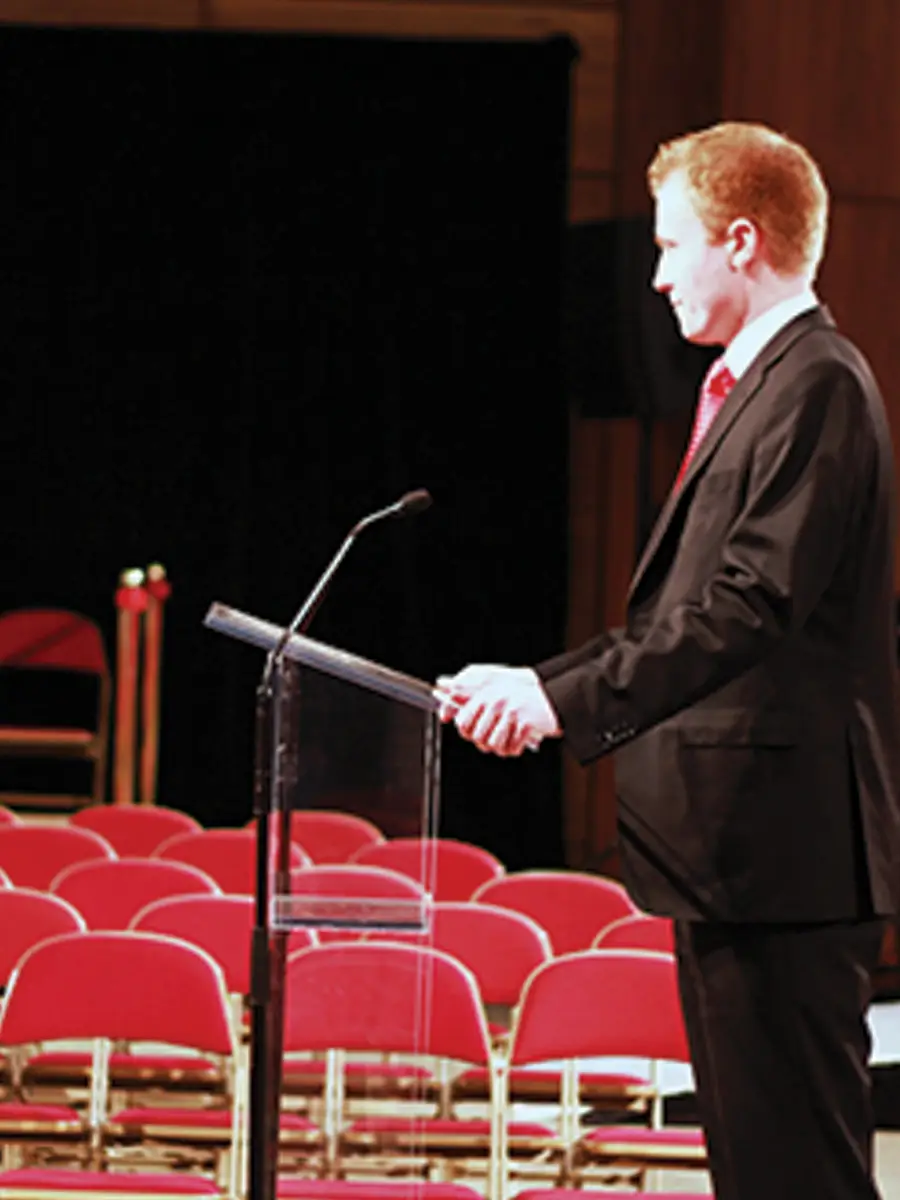Crackling microphones, computers breaking down in the middle of your presentation and speakers left silent when systems suddenly fail signal potential disaster for a presentation. It is a situation which does nothing for your confidence or your reputation. Managing the audio visual components of your presentation effectively is crucial, yet are all too often forgotten or left until the last minute.
Such situations can be avoided by taking early action. Identify exactly how many people are expected to be present during the presentation and where it will be held. Is it a noisy exhibition area or a separate conference room? Do you need one or more projection screens to ensure everyone can see? Knowing your numbers and your location will enable you to make the right decisions. If possible do a preview to make sure it all works.
Talk to your AV company and identify any potential problems that may occur. Sometimes conferences are held in unusual places where sound volumes may be difficult – inflatable constructions may have a generator in the background providing the power to keep the construction inflated. A hall in a historic house may echo, or have squeaky floorboards. The AV staff can provide suggestions as to how these situations can be minimized.
Wireless microphones are extremely useful as they allow speakers the freedom to move around the stage or podium while speaking. This avoids the risk of enthusiastic speakers accidentally pulling wires out of sockets or knocking the microphones.
If using a projector check that it is powerful enough for your purposes. It has to be bright enough for everyone to be able to see the images. If your audience is struggling to see an image you have projected onto the screen, then you are losing your audience. Ideally aim for a high definition projector which will provide the best images.
Give your AV staff time to set up beforehand. This will allow them time to identify any last minute problems that might occur and solve them before it becomes an issue. By carefully co-ordinating the audio visual elements within the presentation, it ensures that even if there is a hitch in the computer relays, the AV technician is able to seamlessly insert a holding image until the correct image appears. All too frequently, this means that the audience is left unaware of the glitches. The result is a successful conference or exhibition presentation where everything has gone smoothly.
